If you’re looking to buy a new flagship smartphone in 2016, there are definitely a lot of options to choose from. Samsung, LG and even HTC have released some impressive devices, but they’re not the only players in town. Huawei has slowly been moving up the Android pecking order and may have finally delivered a phone which may be worth considering if you’re looking for something slightly different than what’s being offered by the competition.
Huawei has been releasing flagship-tier smartphones for years, but the new P9 is the first Huawei smartphone with the fit and finish we’re used to seeing from top-tier smartphone makers. It may not have the latest Snapdragon processor from Qualcomm or a QHD display, but the Huawei P9 sports an aluminum unibody shell, fingerprint sensor and a unique dual-camera setup which the company hopes will give its competitors a run for their money.
Design and Hardware
The design of the Huawei P9 will look familiar to those who have played with last year’s P8 or even the Nexus 6P. The body of the phone is made from a single piece of aerospace-grade aluminum with the usual polycarbonate antenna line inserts and shallow chamfers along its edges on both the front and back of the phone.
The phone’s fingerprint sensor is placed in the center towards the top, but the back of the phone is dominated by a glass panel at the top which houses the P9’s two camera and two-tone LED flash. The sides of the phone are rounded off, with the power button and volume toggles on the right and a dual-purpose SIM and microSD card slot on the left. While other sides of the phone are pretty sparse, the bottom is cluttered with a USB Type-C port, speaker grill, 3.5mm headphone jack, microphone hole and two exposed screws.
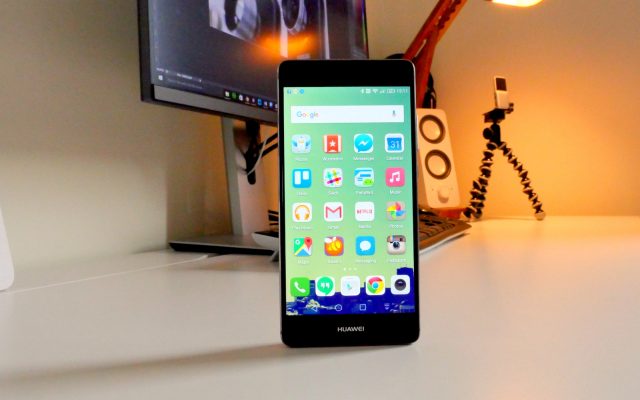
Flipping the P9 over reveals edge-to-edge 2.5D gorilla glass which seamlessly fades into the chamfered edges of the phone’s aluminum shell. Huawei’s logo is prominently placed below the 5.2-inch display while at the top you’ll find the phone’s front-facing camera and a thin speaker grill which houses a multi-color notification LED.
Huawei P9 Specs
Display 5.2-inch 1080p IPS LCD Processor Kirin 955 Memory 3GB of RAM, 32GB of storage w/ microSD Camera Rear: Dual 12MP, f/2.2 aperture, laser autofocus
Front: 8MPBattery 3,000mAh Dimensions 145mm x 70.9 mm x 6.95 mm Weight 144 grams
The phone’s aluminum and glass design is just as good as what you’d expect from a Samsung, Sony or HTC phone. It’s well balanced and comfortable to hold. Huawei’s design team put in a lot of effort to ensure that the in-hand experience of the phone is just as refined as its minimalistic looks.
That being said, there is a downside to this much refinement. The Huawei P9 is one of the most slippery phones we’ve held in a while. We’ve accidentally dropped it on more than one occasion and it’s constantly slipping off the couch, magazines and other surfaces which aren’t perfectly flat.
Display
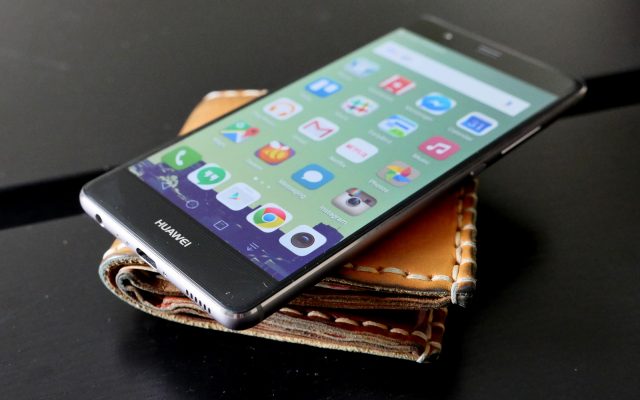
If you’re simply comparing specs, the 5.2-inch 1080p display on the Huawei P9 is definitely inferior to the QHD other manufacturers have crammed into their 2016 flagship smartphone. But we’re not so sure that QHD is really necessary on a phone with a 5.2-inch display. The only time you’ll notice an individual pixel on the P9 is if your face is 2 inches from the display.
The IPS panel that Huawei is using for the P9 has a pixel density of 423 pixels per inch and covers 72.9% of the front of the phone. That gives it a screen-to-body ration that’s higher than the 72.1% of the Galaxy S7 and 70.1% of the LG G5. The display itself is sharp, responsive and manages to produce accurate colors even at extreme angles.
LCD panels do not fare well in direct sunlight, but the P9’s display is still legible when its brightness is turned all the way up. If you’re not a fan of the display’s default color temperature, Huawei gives you the option to choose from three pre-set options of tweak things on your own with a color wheel.
Performance and Battery life

Comparing the performance of the Huawei P9 against other flagship devices is a bit hard since the phone is using Huawei’s own Kirin 955 processor rather than the Qualcomm Snapdragon 820. Benchmark scores show that the Kirin 955 is 15% to 20% less powerful than the Snapdragon 820, but that number doesn’t mean much unless you are running the most graphic intensive Android games.
In the real world, the Huawei P9 is incredibly fast and responsive. Even though I’m not a huge fan of the aesthetic choices made by Huawei’s software team, they’ve done a phenomenal job in optimizing the phone’s performance. The phone responds instantaneously when you touch the display and apps launch without any delay. Even though the phone only has 3GB RAM, it manages to keep recently-used apps running in the background without affecting the phone’s performance and slowing down the user interface.
The phone also offers a great gaming experience. It doesn’t matter if you’re enjoying a casual game of Words with Friends (yes, it’s still a thing) or ripping through the streets while playing Asphalt 8 Airborne – the P9 holds its own. You can even jump back and forth between games and pick up right where you left off.
As for battery life, the P9 fares pretty well. In the three weeks that I’ve used the phone as my daily driver, the non-removable 3,000 mAh battery has managed to last between 13-14 hours with 3.5 to 4 hours of screen-on time. My daily routine includes keeping up with three Gmail accounts, viewing a thousand or so Tweets, browsing the web, chatting with family and friends with Google Hangouts and 30 minutes to an hour of gaming.
On a few days of light use, the P9 managed to make it 26 to 28 hours before consuming its full charge. Naturally, there’s no way of knowing how long the phone will last for you, but I’ve found the battery to be significantly improved over last year’s P8 and slightly better than the Samsung Galaxy S7.
The P9 does have quick charging built in with its USB Type-C port, but Huawei did drop the ball by not including a quick charger with the phone. Instead, Huawei bundled the P9 with a basic 5V2A wall plug which takes two hours to fully charge the phone. Thankfully you can grab one at Amazon that’ll do the trick just fine.
Camera

There’s no denying that the Huawei P9’s main selling point is its dual-sensor camera. While we’ve seen smartphones with two cameras on the back before, the P9 is the first smartphone to sport separate sensors for RGB and monochrome imaging. Both sensors capture images at 12 megapixels, but the monochrome sensor is mainly used enhance contrast and exposure and improve low light performance for every picture you take. So what does this mean for you?
In simple terms, dark areas within shadows are brighter with more detail and lighter areas — which would typically be completely blown — are toned down. This means you can take a picture of someone against the sun and both your subject’s face and the sky will be clear and visible. You’ll also get more texture in clouds when taking pictures of the sky. The final result isn’t revolutionary (HDR photography says hello), but the images captured by the P9 can be stunning.
The P9 fares really well in low-light conditions as well. Thanks to the extra light allowed by the monochrome sensor, the images seem to turn out brighter than what you see with your eyes. There is a fair amount of noise present in images taken in extreme low light conditions, but that’s no different than what you’d get even with the best smartphone camera these days.
The cherry on top of the P9’s camera experience is the new camera application which was designed by Leica. It’s intuitive, stylish and comes with a plethora of manual and pre-set camera modes. Presets make capturing long-exposure or light painting shots extremely simple and you can even take multi-exposure night shots or black and white images using the phone’s monochrome camera sensor.
Software
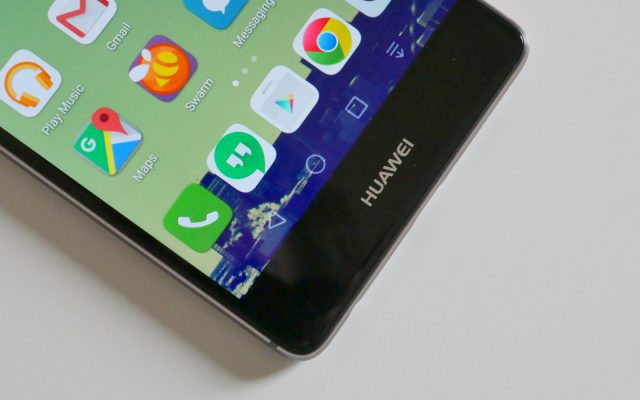
If the Huawei P9 has a chink in its armor, it’s definitely the software. Like so many other Chinese manufacturers, Huawei’s design team is infatuated with the look and feel of iOS. At its core, the software on the Huawei P9 is still Android, but the company has gone out of its way to trick its users into thinking that they are using an iOS-powered device.
The stock launcher doesn’t have an app drawer. All the apps, even those downloaded from Google Play, are given round-cornered backgrounds. The notification panel has a frosted glass finish and the quick launch panel from the P9’s lock screen is indistinguishable from what you’d see on an iPhone. There is a 2-minute fix which will remove the rounded corner background from the app icons, but you’ll likely enjoy the P9 a lot more if you install a third-party launcher on the phone.
The good news is that the software is fluid and responsive. The phone runs Android Marshmallow and has dozens of customization options built in. You can customize the order of the three on-screen navigation buttons or even add a fourth to pull down the notification panel. This can also be done by swiping down on the fingerprint sensor on the back with your index finger. O
One feature that we thoroughly enjoy is the phone’s one-handed UI. Swipe left or right on the navigation buttons and the phone’s display shrink by 30% so that you don’t need to perform any awkward hand contortions to reach the upper corner of the phone’s display.
Conclusion
There’s certainly a lot to like about the Huawei P9. It’s the best looking phone Huawei has ever made and the attention to detail in its build is commendable. The Huawei P9 is not on the same level as the Samsung Galaxy S7, HTC 10 or LG G5, but it’s pretty close. The one thing that makes the P9 so attractive is that it has the refinement of a flagship smartphone without the hefty cost. Buying the phone in Europe should only set you back €450, significantly less than what you’d pay if you purchased the previously mentioned flagship smartphone.
Huawei P9
Rating: star_fullstar_fullstar_fullstar_fullstar_empty (4.1 / 5)
The Good
- Impeccably crafted aluminum and glass build
- Competitively priced
- Solid camera performance
- Good battery life
The Bad
- Bad software design
The Bottom Line
If you’re looking for a well-rounded flagship device and a unique camera experience, the P9 is definitely worth considering.


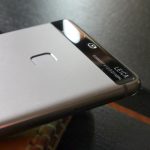
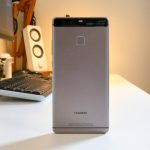
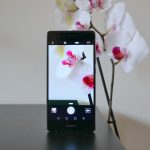
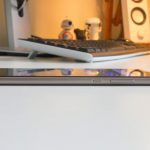
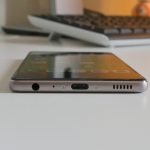
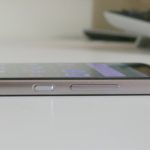
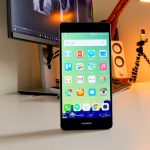
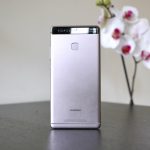



















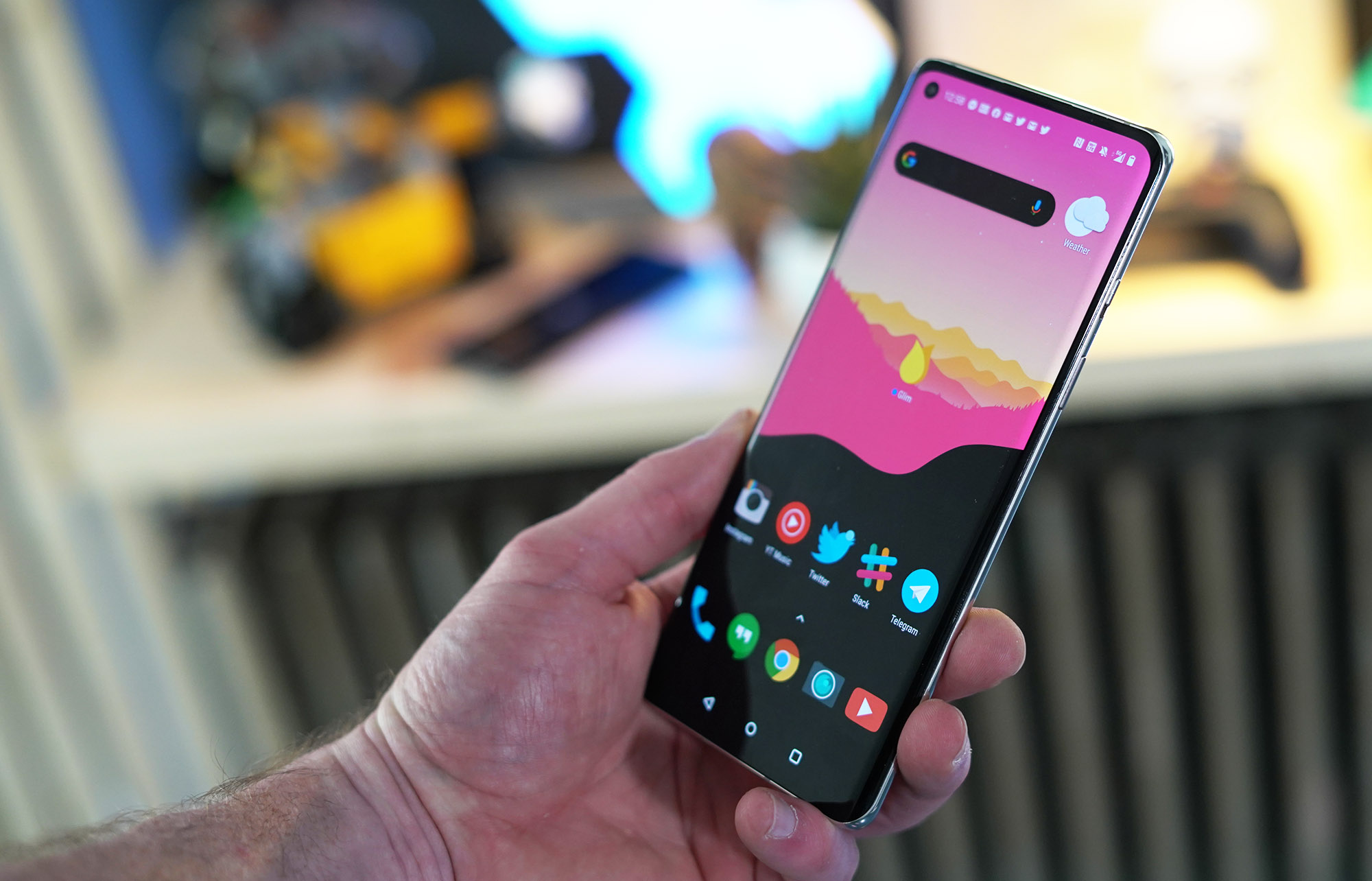

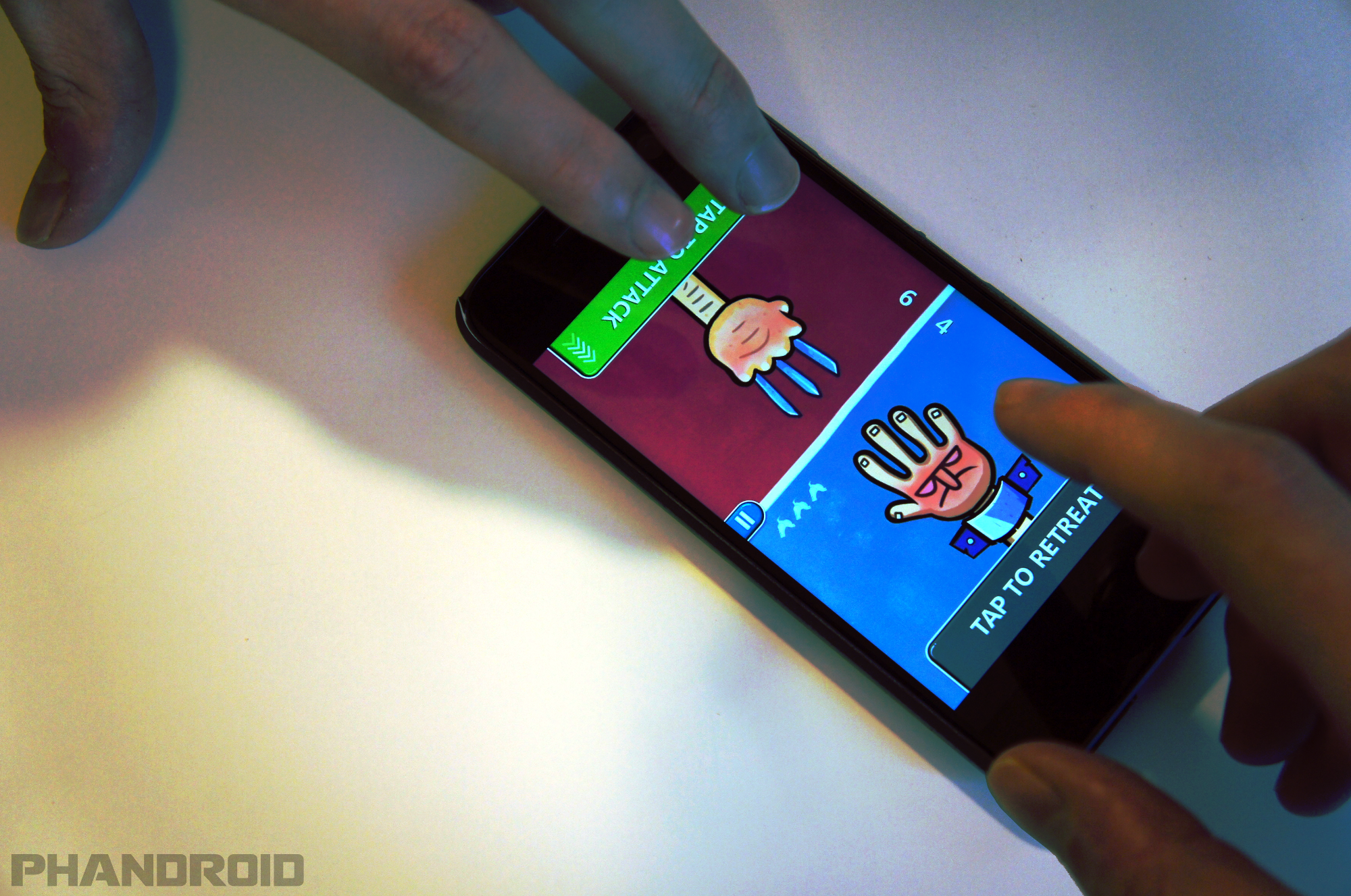
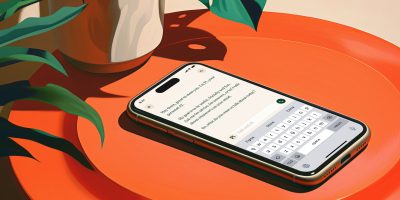
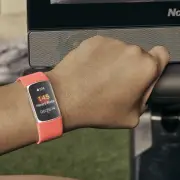
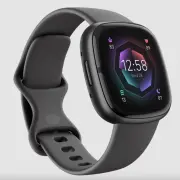


Comments